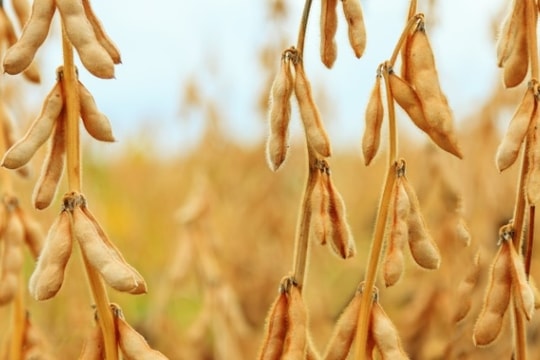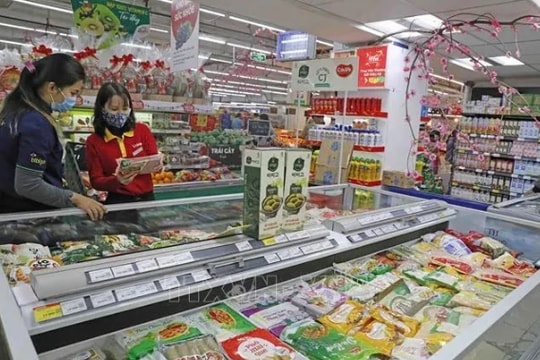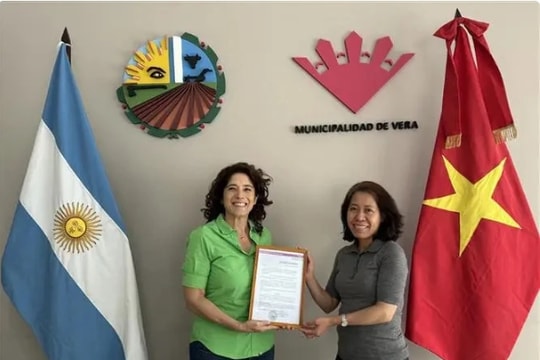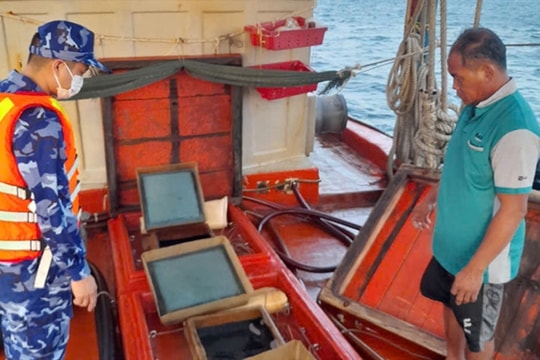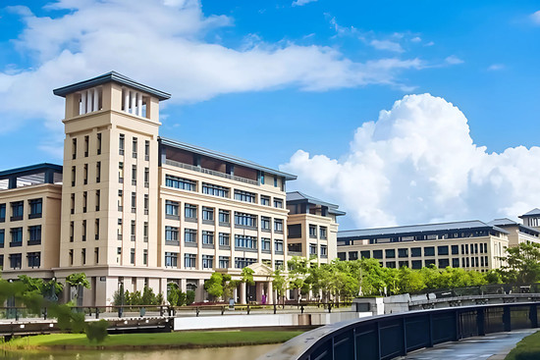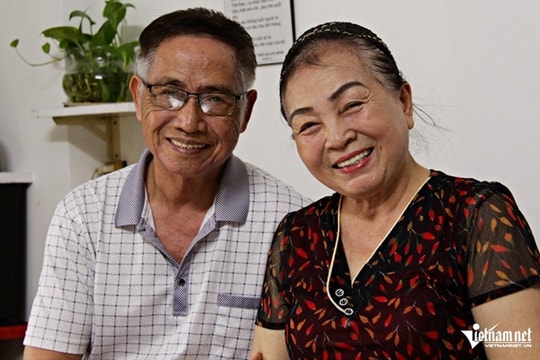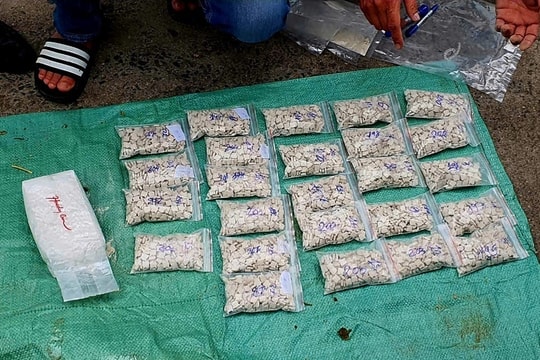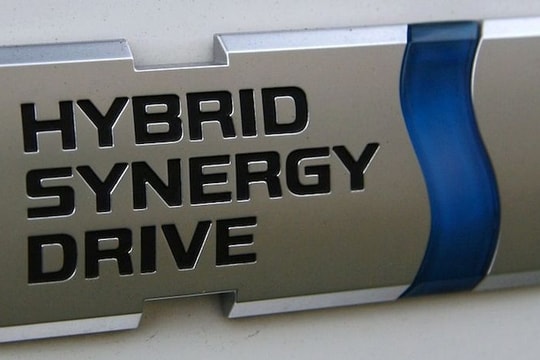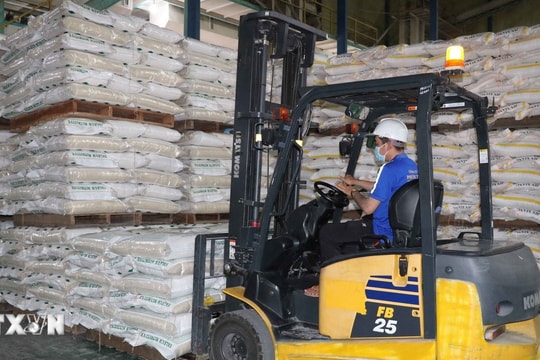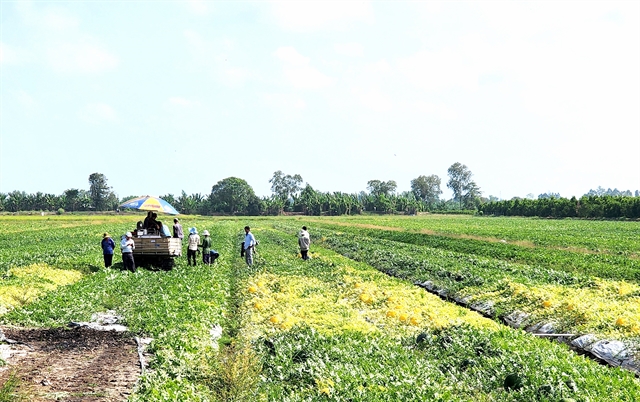 |
| Watermelon fields in Vĩnh Long Province’s Bình Tân District. The province is growing more clean watermelon and vegetables to meet market requirements. – VNA/VNS Photo Lê Thuý Hằng |
VĨNH LONG – Vĩnh Long Province aims to develop 14,000ha of vegetables that have origin traceability by 2030, accounting for 30 per cent of its total vegetable growing area.
Under its People’s Committee’s plan to develop clean vegetable growing areas to 2030, the Cửu Long (Mekong) Delta province will develop such areas based on the advantages of soil, weather and climate in each locality.
These areas will be established in combination with the development of processing agricultural produce to serve exports.
The province also aims to export US$30 million of vegetables in 2030.
It will increase implementing preferential policies to attract investment in agriculture and rural development, and boost the development of linkages among stakeholders in producing, processing and selling agricultural produce.
It will develop production codes for farming areas to secure origin traceability and research farming processes that produce clean vegetables and apply high-tech farming techniques.
It will assist companies, co-operatives and farmers to develop brand names for clean vegetables, diversify sale channels and strengthen trade promotion activities for clean vegetables.
Farmers in the province grow more than 45,000ha of vegetables with an output of 900,000 tonnes a year, according to the province Department of Agriculture and Rural Development.
Of the 45,000ha, 1,388ha are planted to good agricultural practices (GAP) standards.
The province aims to develop its vegetable growing area to 47,000ha in 2030, including 10,000ha of sweet potato, 3,500ha of spring onion, 2,000ha of watercress, 2,000ha of watermelon and 4,000ha of mushroom.
It has developed vegetable cultivation to establish concentrated growing areas and encouraged farmers to turn unproductive rice fields productive by rotating growing rice and vegetables or intercropping them.
It has established co-operatives and co-operative groups to link with companies to produce advantaged vegetables, and enhanced the awareness of farmers in applying advanced farming techniques.
Bình Tân District has developed growing clean sweet potatoes under organic methods as this farming model produces high-quality products, has stable yields and meets export requirements.
The model has helped farmers reduce production costs and get higher selling prices than traditional growing methods.
Lê Văn Sáng in the district’s Thành Trung Commune has switched from growing sweet potatoes using traditional farming methods to organic ones because the former’s efficiency was not high.
He has applied integrated pest management and increased the use of bioproducts, thus producing clean products that ensure food safety and meet market requirements, he said.
“I hope to contribute to the development of the brand name and competitiveness of the district’s sweet potato in the market,” he said.
In Tam Bình District, Ngãi Tứ Commune is one of the province’s largest vegetable growing areas.
Nguyễn Hoàng Diệu, deputy chairman of the commune People’s Committee, said previously farmers mostly rotated growing rice and vegetables in the same fields.
Because the efficiency of growing vegetables is higher, many farmers have switched completely to growing vegetables in unproductive rice fields, he said.
The commune has planted more than 829ha of vegetable in the first half of the year, including 385ha of vegetable planted in rice fields, he said.
“The switch from growing rice to vegetables provides farmers a profit of three to five times higher and also helps to improve soil fertility,” he said.
According to the department, farmers have grown new varieties of vegetables, applied advanced farming techniques, reduced using chemical pesticides and increased using organic fertilisers, and these methods offer high production efficiency and meet the requirements of consumers about high quality agricultural produce. – VNS






